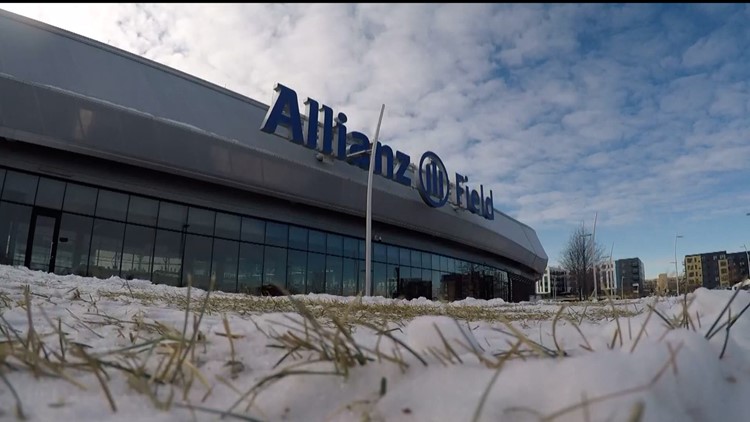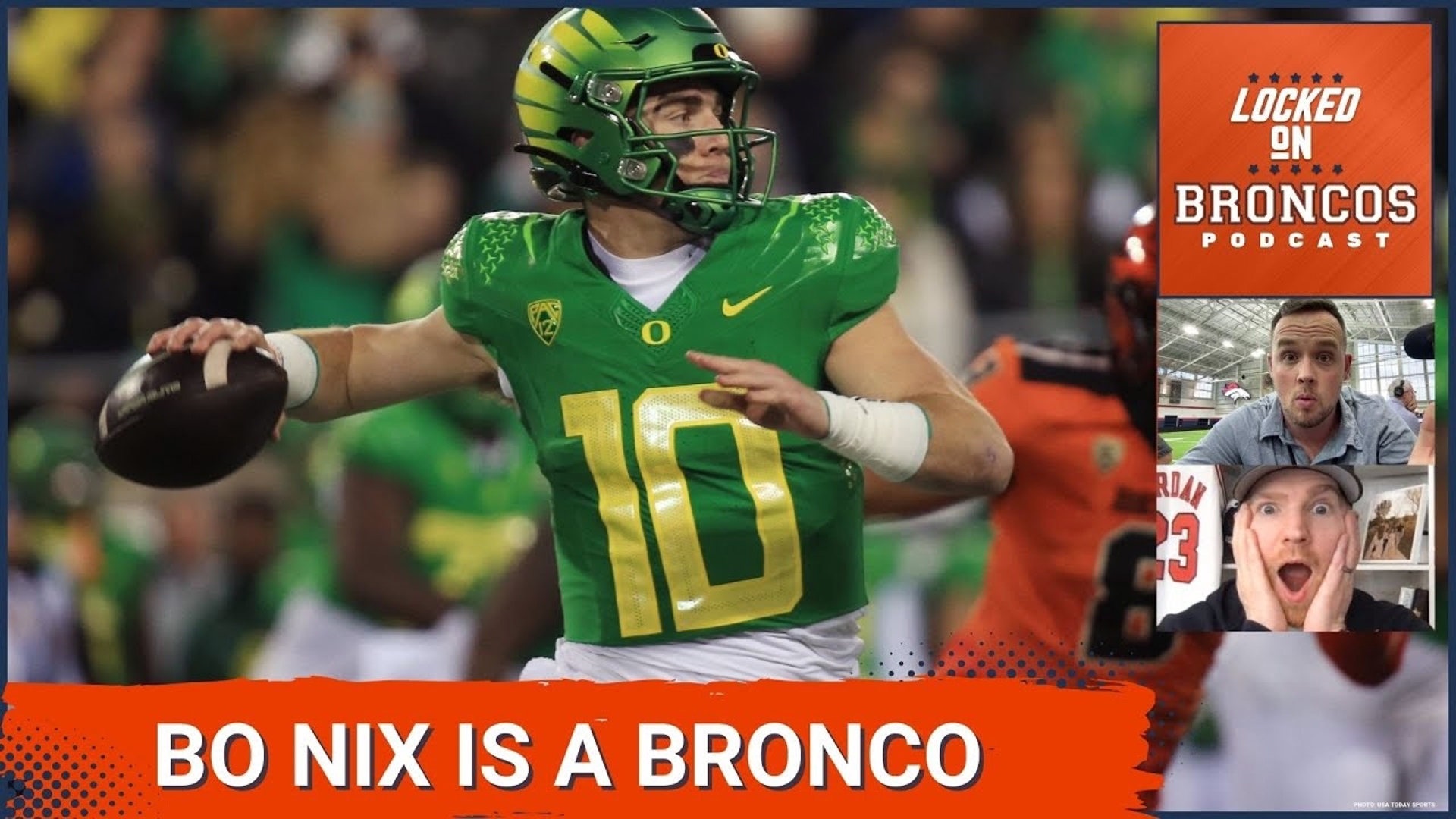ST PAUL, Minn. — The United States men's national soccer team broke a record before they played a single minute in St. Paul on Wednesday night.
The World Cup qualifier against Honduras instantly became the coldest home start ever for the U.S. team.
When Erin Matute and her husband Mauricio Matute, of Rapid City, South Dakota, first found out about the location of the U.S. World Cup qualifier against Honduras, they felt lucky.
"Mauricio grew up playing soccer in Honduras," Erin Matute said. "Luckily for us...South Dakota and Minnesota are close, so I was able to just drive over and attend this game, and it was a great Christmas present for him."
And if you're wondering if that gift still felt great after arriving to single digit temperatures and below zero wind chills in St. Paul?
"Yes," Mauricio said.
"No." Erin said, with a laugh. "He actually does like the cold, but I do not."
U.S. Soccer has a history of using the cold to get an edge against teams from warm climates, and to ensure a home advantage in the stands. But by any measure this match was extreme.
The U.S. Soccer Federation's own cold weather guidelines say if wind chills are below zero, they recommend cancelling or moving activities indoors. Despite a -15 wind chill on Wednesday night, everything went on as planned.
"I am a little surprised that they would play when it's that cold," said Eric Nauman, a professor of biomedical engineering at the University of Cincinnati.
Despite a heating system in the turf of Allianz Field, which could help the teams lessen the risk of some cold weather injuries, Nauman said that won't prevent an increased risk of head injuries that come from playing with frigid soccer balls.
"The way that ball just gets hard in the cold, exacerbates the effects of the higher pressures (used in elite soccer)," said Nauman, who has studied the effects that weather can have on equipment and head injuries. "My hope is that you see a change in the way they come at the game. That you don't see as many goal kicks headed back and don't use their heads nearly as much on a day like this."
Nauman said if players wear hats, it could help lessen the risk a bit.
"It is not a bad way to go," he said. "Being originally from Minnesota, there's a lot of headwear that you could use that would certainly help that."
And hats won't just be key on the pitch.
"The fans are my biggest concern because we kind of have to look out for each other," said Dr. Thomas Masters with Hennepin Healthcare.
Dr. Masters says looking out for others means looking for signs of frostbite and hypothermia. He says the recent NHL Winter Classic in Minneapolis shows extremely cold events can be done, but leave little margin for error.
"If you get alcohol involved, you run the risk of some serious complications there, so you've just got to be careful and have a good time but not too good of a time," Dr. Masters said. "The good news is, I don't think we saw any patients from that (NHL) event, so we got lucky and I think it's proof that if you're smart, if you have good re-warming stations and you kind of moderate the amount of fun that you're having, you can do these things safely."



